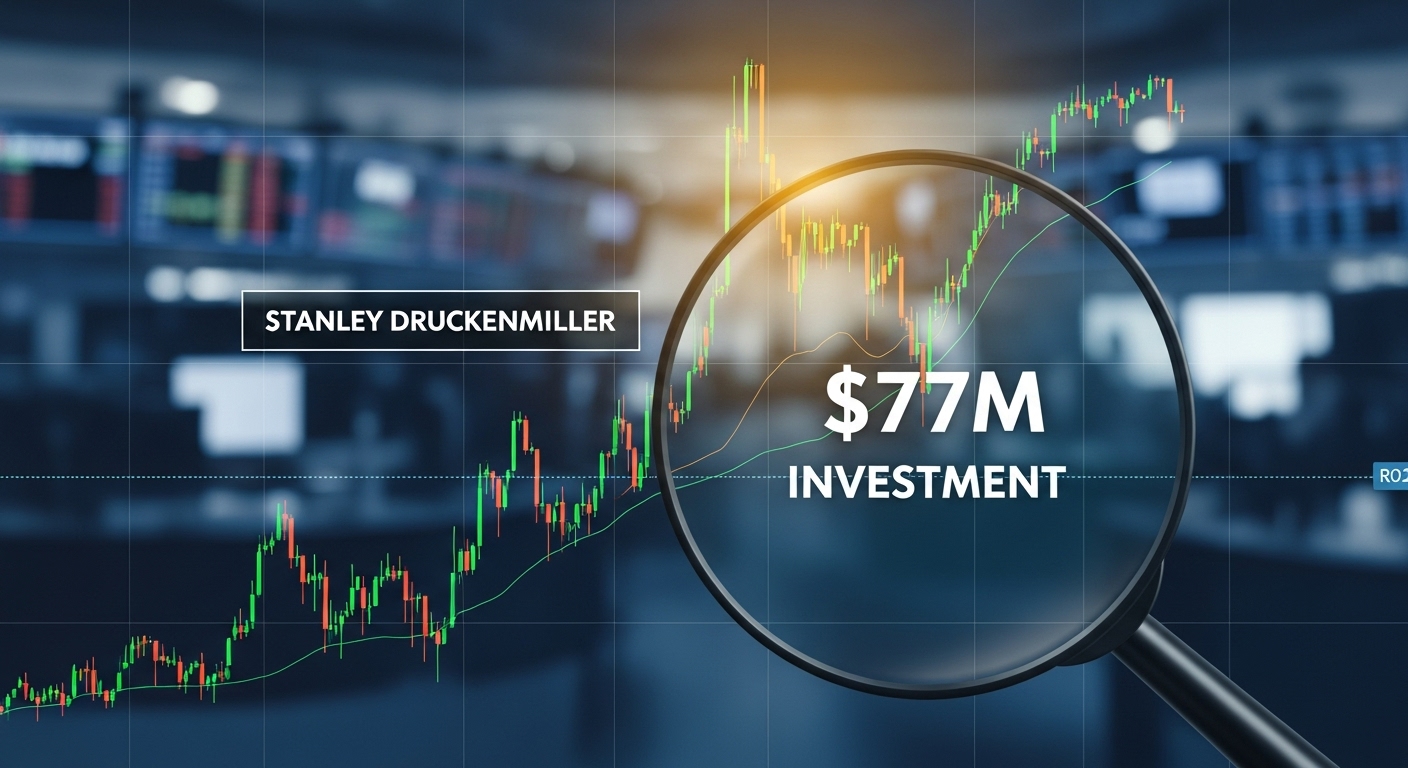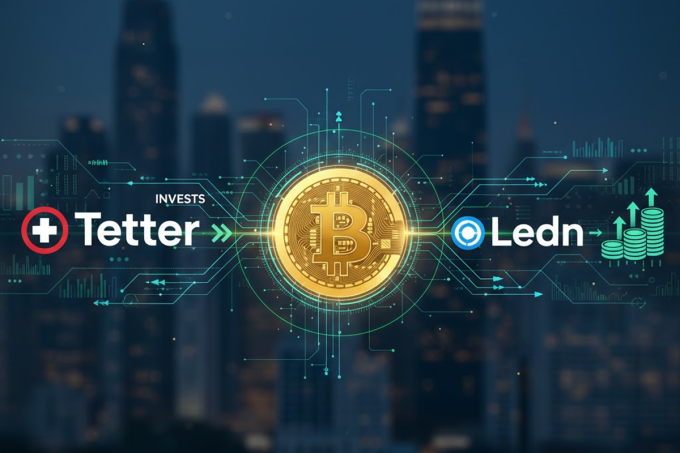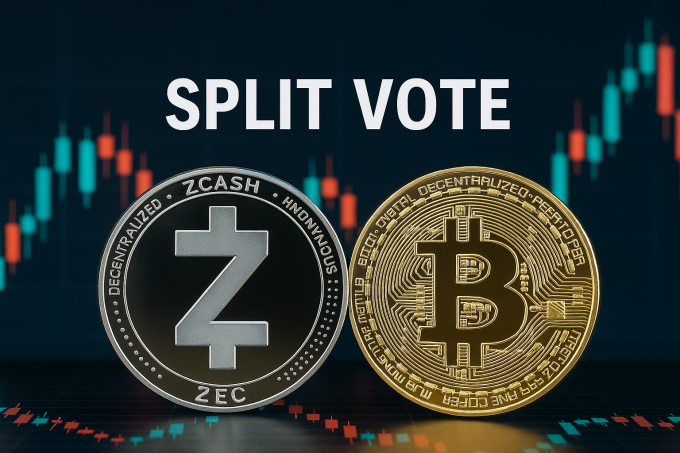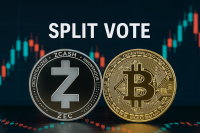Figure Technologies (FIGR), the blockchain-driven lending platform founded by SoFi co-founder Mike Cagney, rallied sharply on Monday after billionaire investor Stanley Druckenmiller revealed a major newly acquired stake. The move reinforced institutional interest in fintech firms blending artificial intelligence, tokenization and capital-efficient lending models.
Shares jumped as much as 15% to $46.46, before paring gains to trade near $44.45, still up around 10% for the session. Figure has now climbed 44% since listing on Nasdaq in September — a rare standout in a year when most newly public crypto-exposed companies are trading below their IPO prices.
Druckenmiller’s Bet Signals Confidence in Blockchain-Native Lending
Druckenmiller’s Duquesne Capital disclosed in its latest 13F filing that it acquired more than 2.1 million FIGR shares, a stake valued at roughly $77 million. At 1.9% of his portfolio, the investment represents a material commitment for a macro investor known for identifying structural shifts early — from the rise of tech in the 1990s to decentralized digital assets today.
His backing adds a new layer of legitimacy to Figure’s strategy, which combines AI-driven underwriting with mortgage-related lending and blockchain settlement rails.
“Druckenmiller typically invests where the operating model is changing faster than the incumbents can react,” said one institutional analyst. “Figure fits that playbook perfectly.”
Capital-Light HELOC Model Draws Analyst Upgrades
Analysts at Bank of America, Mizuho, and Piper Sandler raised their price targets following the filing, citing several catalysts:
• Transition to a capital-light model:
Figure has increasingly shifted toward originating home equity lines of credit (HELOCs) through Figure Connect, a marketplace that matches consumers with partner banks and investors.
In Q3, the company said that platform volume rose to 60%, up from 46% in the prior quarter. By offloading more balance-sheet risk to capital partners, Figure frees up liquidity, reduces regulatory overhead and scales more rapidly.
• AI-enhanced underwriting:
The company claims its automated HELOC approval process — powered by AI models — can compress decision times from days to minutes, an advantage at a time when household credit demand is rising as interest rates stabilize.
• Blockchain infrastructure:
Loans are issued and serviced on the Provenance blockchain, which Figure built to reduce settlement costs and enhance asset portability in secondary markets.
Together, these factors position Figure as a potential category-defining fintech operator rather than a traditional lender.
Stablecoin Strategy Adds a New Strategic Layer
Mizuho analyst Dan Dolev highlighted the company’s recently launched stablecoin, YLDS, as a meaningful differentiator. The token — issued on Provenance — is designed as a yield-bearing stablecoin for institutional and retail users seeking returns on tokenized cash equivalents.
The launch comes as analysts debate whether digital-dollar adoption could accelerate outflows from traditional banks. Figure aims to position YLDS as a regulated, blockchain-native alternative tied to short-duration U.S. assets.
A Market Outperformer Amid Broad Crypto Weakness
Figure’s outperformance stands out in a market where crypto-linked equities have broadly sold off. Investor appetite has thinned alongside declining ETF inflows, and many token-exposed firms that went public earlier this year now trade below offering levels.
Figure’s distinct business model — focused on consumer lending infrastructure rather than speculative digital asset cycles — may be insulating it from broader market turbulence.
What Comes Next
With institutional capital increasing and sell-side analysts turning more constructive, the focus now shifts to the company’s ability to scale Provenance-based lending and grow YLDS without encountering regulatory frictions. The next phase of growth will depend on whether Figure can prove that blockchain and AI meaningfully reduce lending costs at scale — a milestone that would attract even greater institutional participation.













https://shorturl.fm/rxUz4